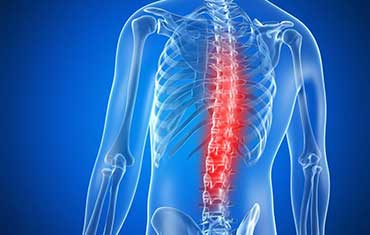UPPER BACK PAIN

Upper back pain, also known as thoracic back pain, can be a debilitating condition that affects the area between the base of the neck and the bottom of the rib cage. It can arise from various causes, including poor posture, muscle strain, injury, or underlying medical conditions. Understanding the potential triggers and symptoms of upper back pain is essential for effective management and relief.
One common cause of upper back pain is poor posture, especially in individuals who spend long hours sitting at a desk or working on computers. Slouching or hunching over can strain the muscles and ligaments in the upper back, leading to discomfort and stiffness. Additionally, sudden movements or lifting heavy objects improperly can result in muscle strain or injury, causing acute upper back pain.
Chronic conditions such as degenerative disc disease, osteoarthritis, or spinal stenosis can also contribute to upper back pain. These conditions involve the gradual deterioration of the spinal discs, joints, or vertebrae, leading to pain, stiffness, and limited mobility. Additionally, conditions like fibromyalgia or herniated discs can cause referred pain in the upper back, further complicating the diagnosis and management of the condition.
Seeking medical evaluation is crucial for diagnosing the underlying cause of upper back pain and determining the most appropriate treatment plan. Treatment may include physical therapy, medication, chiropractic care, or, in severe cases, surgical intervention. By addressing the root cause of upper back pain and incorporating lifestyle modifications such as ergonomic adjustments and regular exercise, individuals can alleviate discomfort and improve their overall quality of life.
